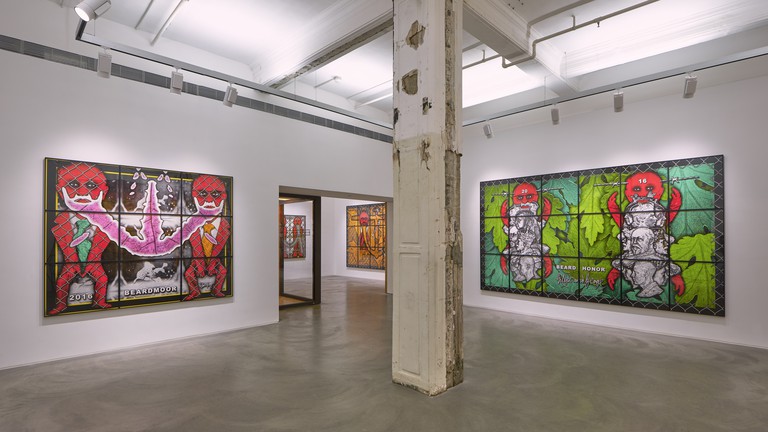Art galleries and auction houses, in some form or another, have been around for over 300 years. The earliest practices consisted of simply pricing the art pieces and then inviting people who might be interested in purchasing them. Gradually, as collectors began to realize the financial impact of investing in art pieces, art sales began to increase. In the late 19th century and early 20th century, high prices were especially procured for the works of the French artists of the day. By the mid 1900’s, collectors were making fortunes buying and selling artwork.
Today, art auctions can be found all over the world. If you fancy a visit to an auction house, there are many terms used in the auction world that are helpful to know ahead of time.
Auctioneer
The person who serves as the host of the auction is called the auctioneer. This person introduces each piece of art and encourages the bidders to increase their bids. The auctioneer usually has an outgoing personality and some even add humor to the proceedings.
Specialist
The specialists are employed by the auction house to coordinate the auction and purchase the art pieces. They also assess the value of each piece. Specialists are considered experts in the field due in large part to the extensive training they undergo in a specialized field of study. An auction house may employ many different specialists. There may be one specialist who is an expert in contemporary art, for example, and another who specializes in Old World Masters art pieces.
Auction Block
The auctioneer stands behind this podium and pounds it with a hammer, similar to how a judge uses a gavel, to indicate that a sale has been made.
Paddle
Buyers lift their paddle, which looks a lot like a ping pong paddle, when they want to signal their desire to bid on an art piece.
Appraisal
The estimated value of each art piece is determined by the specialists employed by the auction house.
Consignor
The estate of the persons selling the piece of artwork is known as the consignor.
Types of Bids
There are different types of bids at an auction. In addition to a bid from a buyer present in the room, there are additional ways to bid on artwork.
- Telephone Bid – This bid is phoned into one of the specialists.
- Absentee Bid – If an interested buyer can’t attend, they can send someone to the auction on their behalf.
- Chandelier Bid – A fake bid can be entered into the log by the auctioneer in order to encourage buyers to bid a higher price. This practice is greatly discouraged in the auction world.
Cruise ship Galleries
When you think of art galleries, chances are that cruise ships won’t be among the first things that come to mind, but cruise ship art galleries are becoming quite popular. In fact, quite a lot of art is purchased on cruise ships. Many cruise lines have gotten involved, including Royal Caribbean, Carnival, Norwegian and Celebrity Cruises.
Park West Gallery, which boasts galleries in major cities around the United States, has also introduced the art world to over 2 million cruise ship guests. The cruise ship setting provides a pleasant atmosphere to peruse beautiful pieces of art without the stuffiness of a traditional gallery setting. The professionals at Park West Gallery offer free seminars in art education to the cruise guests. They are also available to answer any questions that guests may have.
Whatever your taste in art, an auction house is a fun and interesting place to visit. If you are already vacationing on a cruise ship, it’s even easier to take advantage of this exciting pastime.

0 Comments